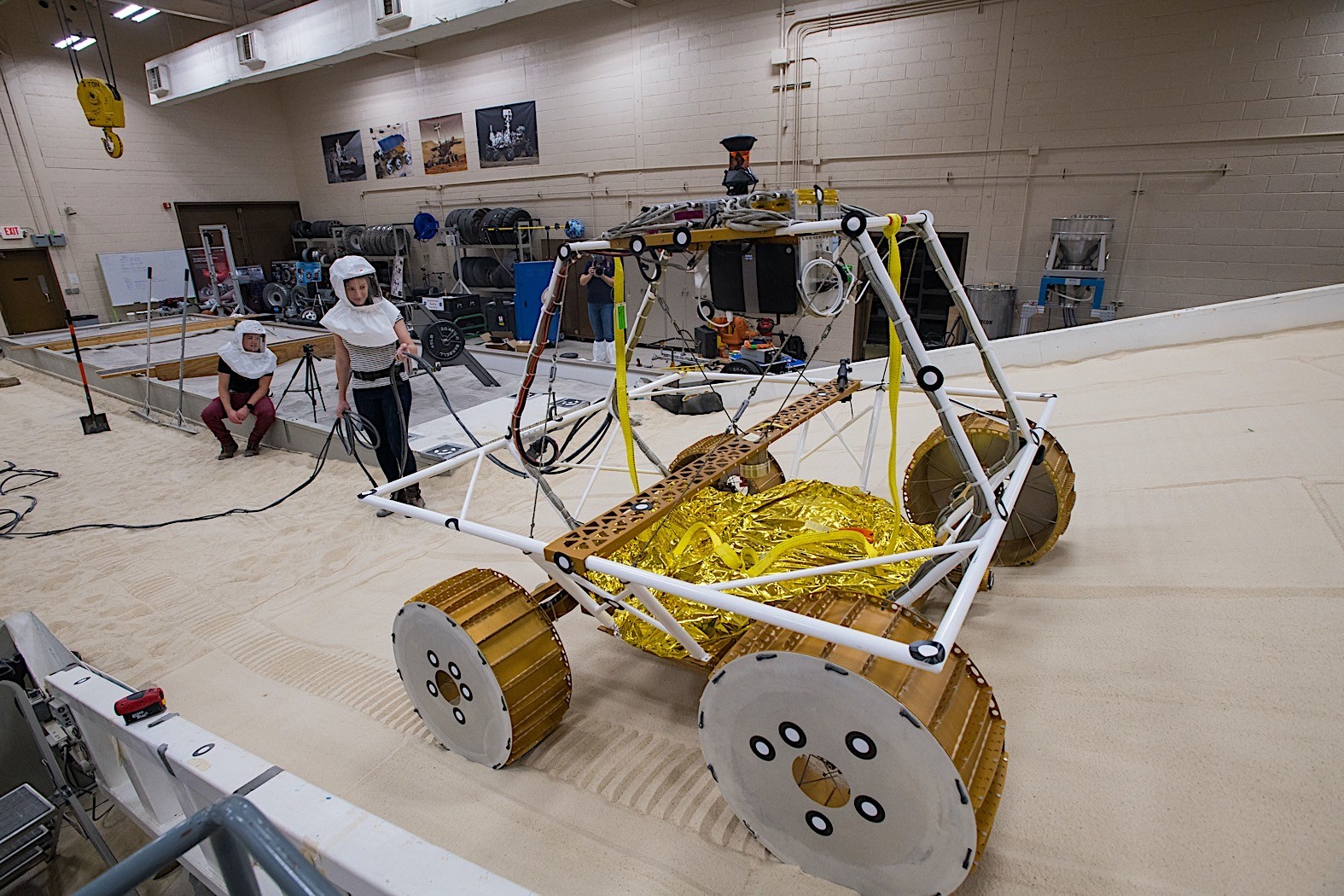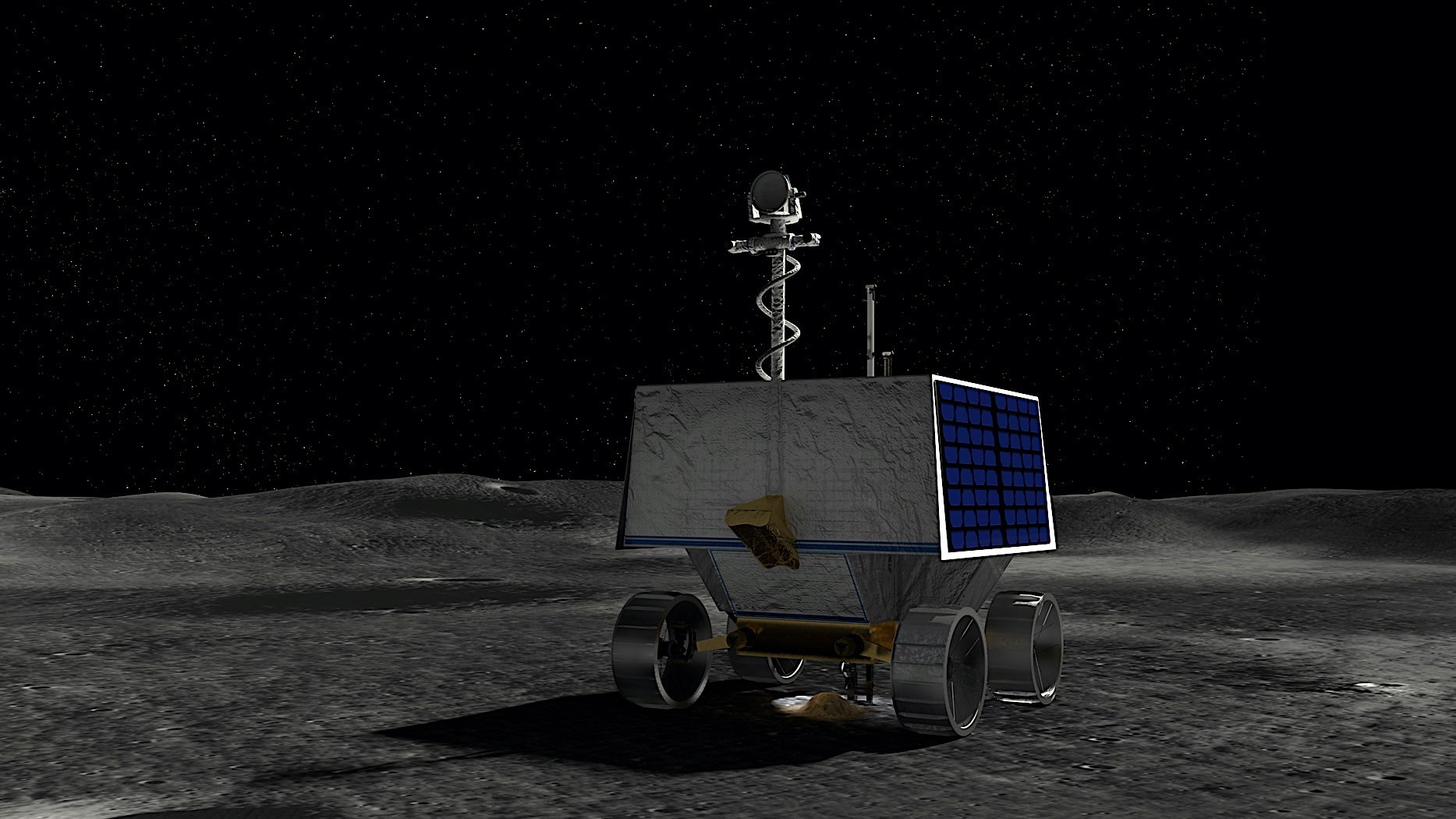If all proceeds as planned, NASA, the American space agency, will launch its inaugural uncrewed lunar rover by the end of the year. Dubbed VIPER, this rover marks a significant milestone as it will also be the world’s first planetary rover equipped with headlights.
However, what truly distinguishes VIPER is its mission: to investigate the presence of water ice in the Moon’s South Pole region, a critical area for future lunar exploration and potential settlement.
Previously discussed in detail, VIPER measures approximately 5 feet by 5 feet by 8 feet, akin to the size of a golf cart. Weighing in at 992 pounds, it relies on a solar-charged battery generating 450 watts peak power.

At the heart of VIPER’s mission is its 3.28-foot drill, enabling the collection and analysis of surface samples to identify ice deposits. Equipped with various scientific instruments, VIPER aims to characterize the distribution, physical state, and composition of lunar ice.
However, its journey will not be without challenges, as it navigates the harsh, dark, and cold environment of permanently shadowed craters.
Scheduled for launch aboard a SpaceX Falcon Heavy rocket as part of NASA’s Commercial Lunar Payload Services (CLPS) program, VIPER represents a collaborative effort toward advancing lunar exploration. Led by space company Astrobotic, VIPER’s deployment heralds a new era of scientific inquiry and potential human presence on the Moon.

